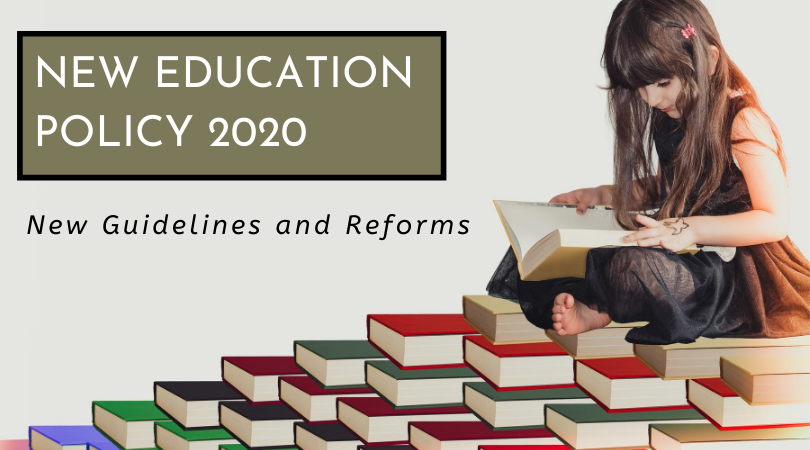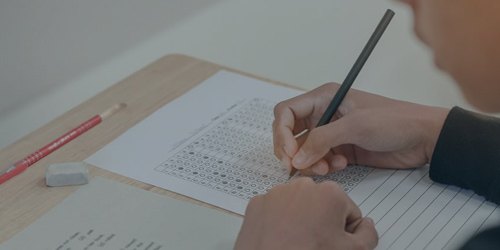The pedagogical structure of the newly introduced NEP 2020 is believed to bring a sea of changes in the current educatio0nal system. This has been approved recently by the Union Cabinet so that the development and interests of the school students at different stages are kept in mind.
This new education policy framed by the Government of India replaced the existing National Policy on Education which was formulated in the year 1986. Under the new policy, five aspects have been held in high esteem and they are- accessibility, quality, accountability, affordability and equity. The National Education Policy has been designed in such a way so that it aligns with the Agenda for Sustainable Development in 2030.

What constitutes 5+3+3+4 structure?
|
Level of course |
Existing academic structure |
New academic structure under NEP 2020 |
What students will get? |
|---|---|---|---|
| Secondary | 2 years (16-18 years) | 4 years (class 9-12) | Greater critical thinking, flexibility of studying, getting a degree, and choosing one’s interest subject |
| Middle | 10 years (6 to 16 years) | 3 years (class 6 – 8) | Experimental learning |
| Preparatory | - | 3 years (Class 3-5) | Interactive classrooms, activity based learning |
| Foundation | - | 2 years (Class 1 – 2) 3 years (preschool education or anganwadi) |
Play based learning |
- One of the biggest highlights of the National Education Policy is that importance will be given to the education of the child from their formative years.
- The old structure followed in the schools was that of 10+2. This will be replaced by the new structure of 5+3+3+4.
- This will correspond to the age groups of students from 3 to 8 years, 8 to 11 years, 11 to 14 years and 14 to 18 years.
- This new structure will constitute twelve years of a normal school for a student and three years of pre-school for them in the new education system.
Under the new system, the school years can be divided into
Foundation stage- 3 to 8 years
Preparatory stage- 8 to 11 years
Middle stage- 11-14 years
Secondary stage- 14 to 18 years
Examination structure under new education policy
Under this National Education Policy 2020, a school student in any school will have to take examinations in class 3, 5 and 8. For class 4, 6 and 7, competency of the students will be checked. This has been done so that proper learning and analytical, critical thought processes can be promoted for the particular student.
Changes in 10+2 board exams
According to a new proposal made by the National Education Policy, changes will be done to the design of the exams held for classes 10 and 12. The board exams for both of these classes will be present. However, these will have lesser stakes than they had in the earlier days. There will be the development of a national assessment centre by the name of s.
There will be a development of a National Curricular and Pedagogical Framework for Early Childhood Care and Education (NCPFECCE) for children. This will be done will be done by the National Council for Education Research and Training (NCERT) for kids within 8 years of age.
The different ministries namely Health and Family Welfare (HFW), HRD, Tribal Affairs, Women and Child Development (WCD) will join hands to complete plans and implement these plans of ECCE.
With this National Education Policy, the Government of India aims to educate Indians from pre-school level to secondary level by 2030. With this new education policy, the government aims to make education flexible and holistic. This will propel India into becoming a knowledge power hub and bring out the distinct qualities of each student in the education system in India.











